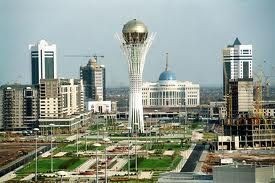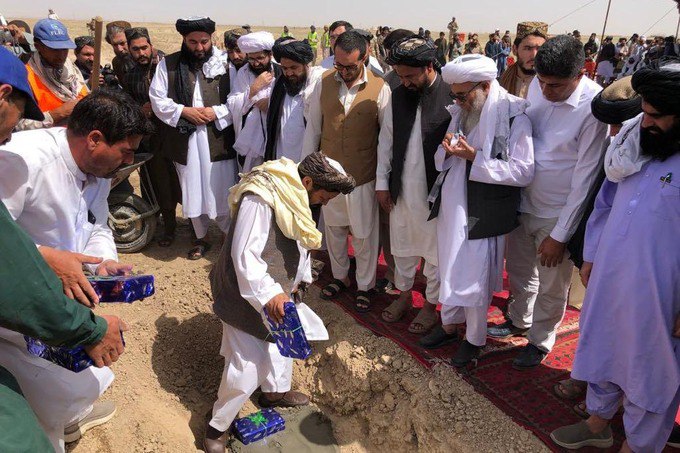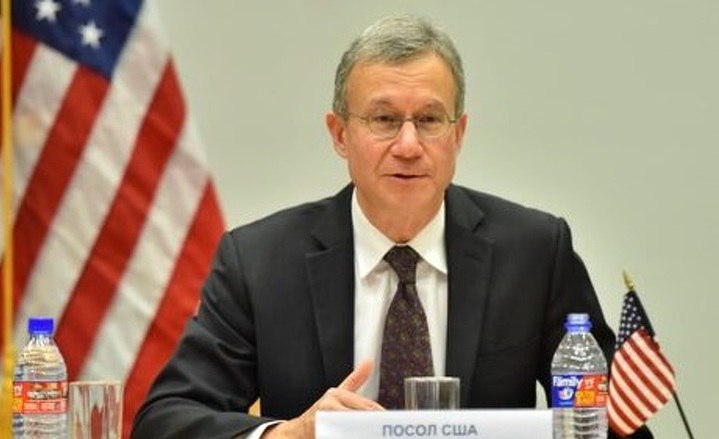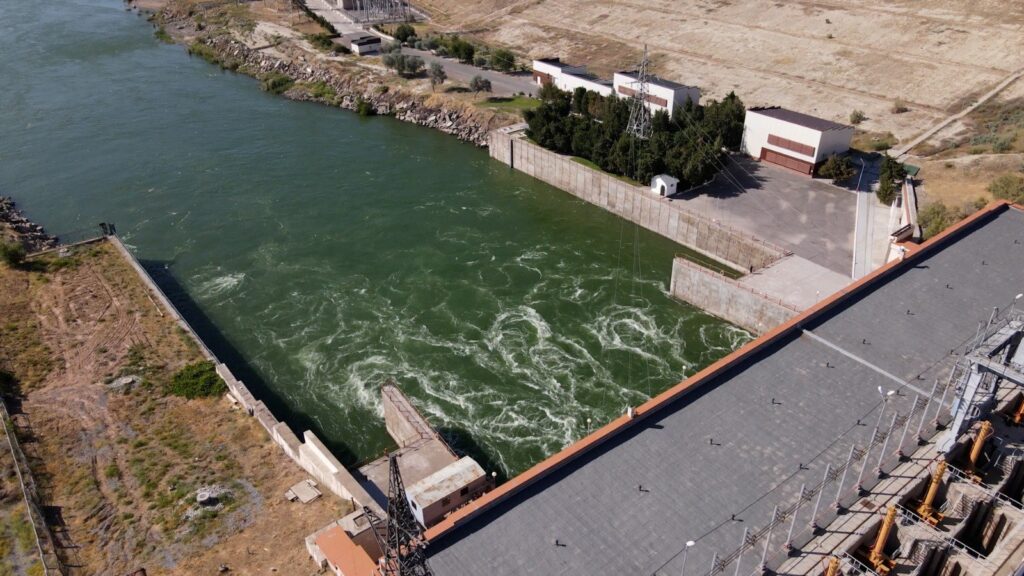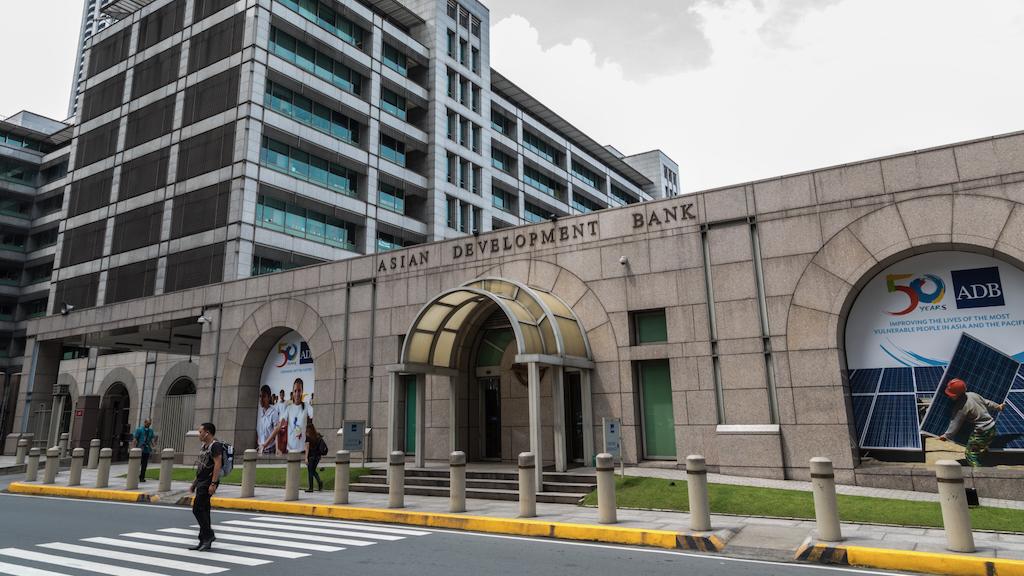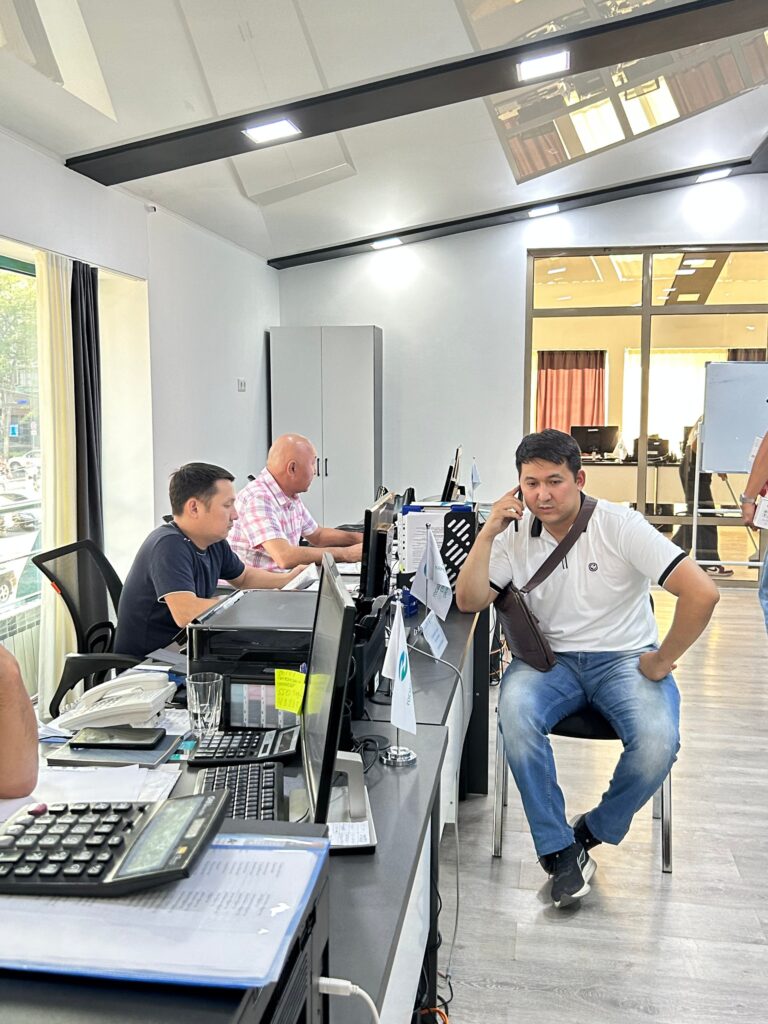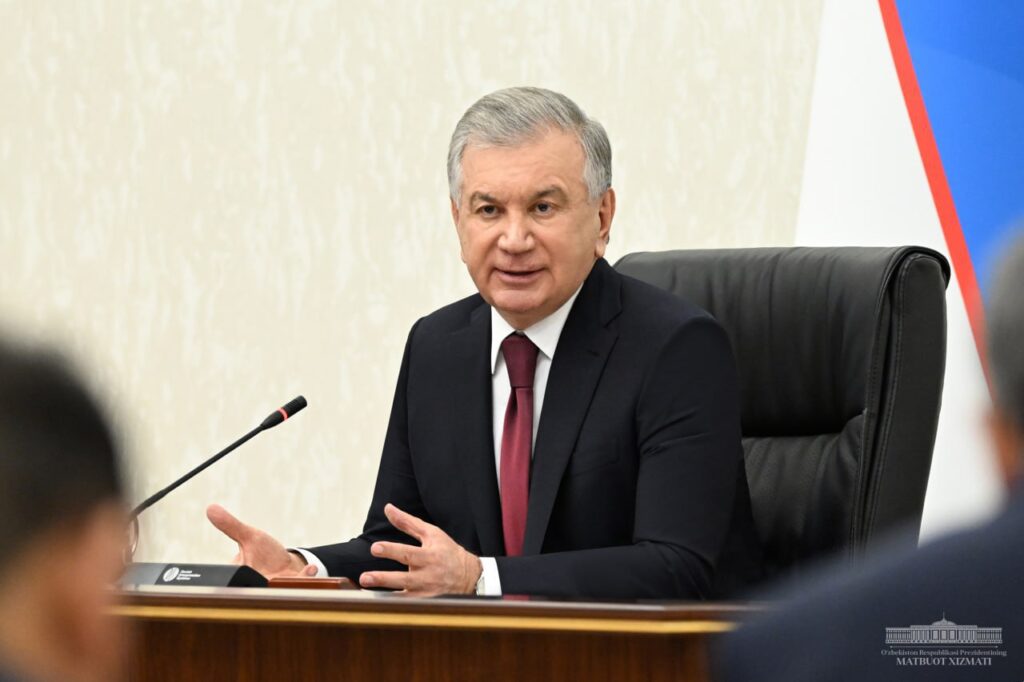ASTANA (TCA) — Investors are mainly interested in privatization of 47 large assets of Kazakhstan’s Samruk-Kazyna national wealth fund. Depending on IPO strategies of these companies, the amount of expected revenues for Kazakhstan can range from $3.5 billion to $5.5 billion, Deputy Minister of National Economy Serik Zhumangarin said at a press conference on January 18, the official website of the Prime Minister of Kazakhstan reported.
“Investors are mainly interested in 47 large assets of the Samruk-Kazyna fund. Assets to be privatized through IPO are Kazakhstan Temir Zholy national railways company, KazMunayGas national oil and gas company, Kazatomprom national atomic company, Samruk-Energy, Air Astana, Kazpost, and Tau-Ken Samruk. Depending on the decisions to be made regarding IPO strategy of these companies, the amount of expected proceeds from the IPOs can vary from $3.5 billion to $5.5 billion — a fairly large sum,” said Zhumangarin.
He also said that in the oil and gas industry, 10 companies are offered for privatization, 11 in the railroads, 11 in nuclear power, eight in the energy sector, in civil aviation (apart from Air Astana) it is planned to sell four companies, four in the defense industry, and five companies in other spheres. At the moment, the assets are being prepared for sale.
“All assets, the so-called top 65, are being prepared [for sale] with the help of foreign consultants who recommend the procedure, the form of sale (whether through an IPO or direct targeted sale to a strategic investor), and all this is being considered by the state commission on economic modernization,” the deputy minister said.
